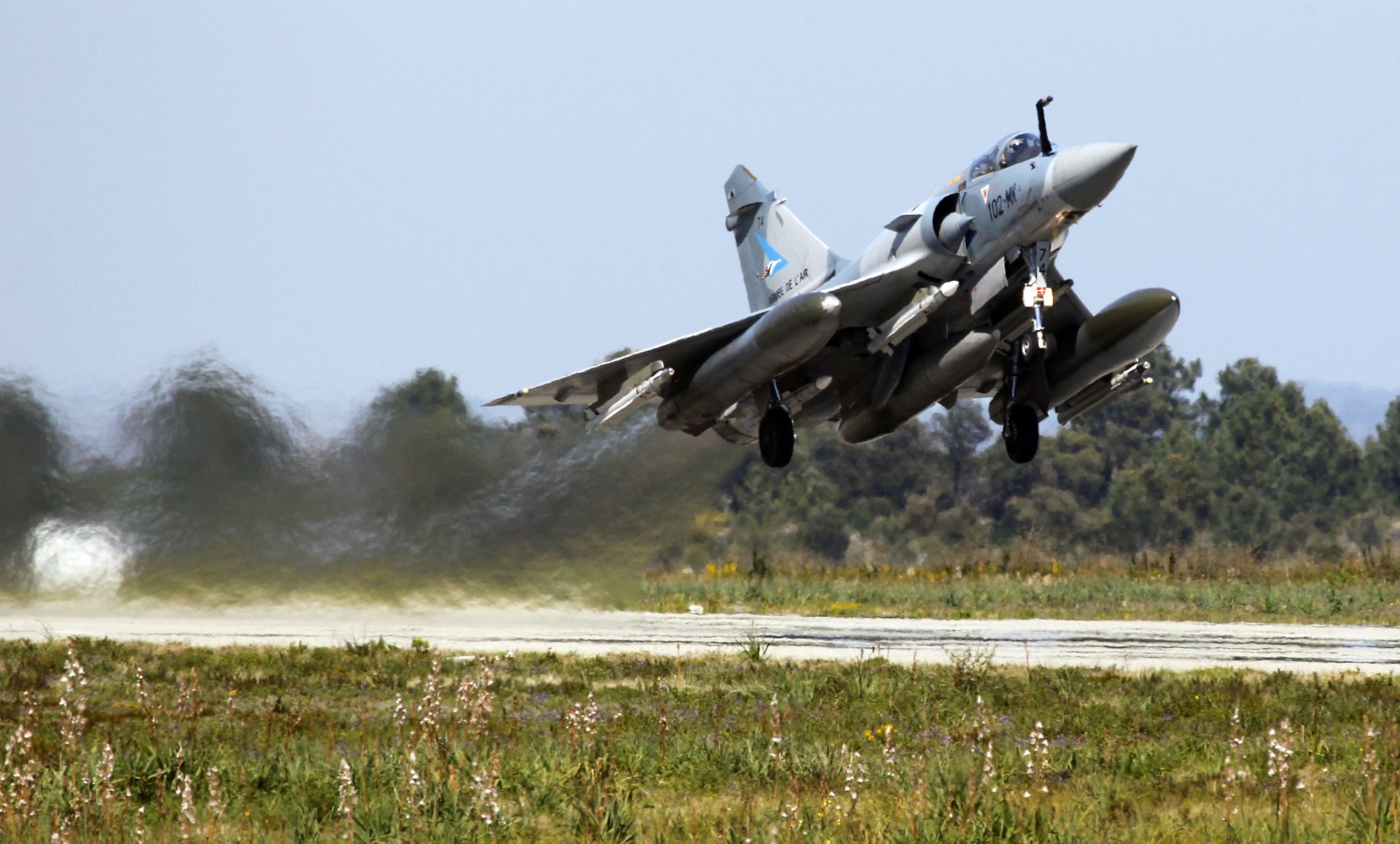Between March and October 2011, a coalition of North Atlantic Treaty Organization (NATO) member states and several partner nations waged a war against Muammar Qaddafi’s Libyan regime that stemmed and then reversed the tide of Libya’s civil war, preventing Qaddafi from crushing the nascent rebel movement seeking to overthrow his dictatorship and going on to enable opposition forces to prevail.
The central element of this intervention was a relatively small multinational force’s air campaign operating from NATO bases in several countries, as well as from a handful of aircraft carriers and amphibious ships in the Mediterranean Sea.
The study details each country’s contribution to that air campaign, examining such issues as the limits of airpower and coordination among nations. It also explores whether the Libyan experience offers a potential model for the future.
Key Findings in this Report
Airpower Prevented an Early Regime Victory
- The air campaign enabled the opposition to survive Qaddafi’s offensive in March 2011.
- Imposition of the no-fly zone and the continuation of coalition air strikes had a profound effect on the Libyan rebels beyond the protection those strikes provided from air and ground attacks.
Airpower Enabled Rebels to Go on the Offensive
- Aerial intervention made possible not merely a victory against Qaddafi, but a Libyan victory.
- The availability of intelligence, surveillance and reconnaissance, especially of developed targets, was central to the conduct of the air campaign.
Intervention Was Done Cheaply and Effectively
- No coalition personnel were killed, or even seriously wounded, carrying out operations over (or in) Libya.
- Target planners and aircrews generally succeeded in their considerable efforts to avoid civilian casualties.
- The war is estimated to have cost the coalition several billion dollars, a relatively low figure compared to other conflicts.
- Several nations’ air forces were stretched to the limit of their abilities to sustain aircraft deployments.
Airpower Was Intertwined With Politics
- The Libyan aerial intervention was unusual in having a rationale that explicitly revolved around a mandate to protect civilians.
- The Arab states’ most important strategic contribution was in the political domain and in providing assistance to the Libyan rebels.
- The United Nations’ endorsement of the intervention heavily influenced the participation of some countries.
- Applying the “Libya model” of using airpower to enable victories by indigenous ground forces to other settings is potentially powerful but will often be more difficult, especially where political conditions are less favorable than in Libya.
Recommendations
- Develop provisions among NATO countries to enhance their ability to operate as an alliance within ever-changing coalitions, anticipating that it will be hard to predict the roster of players in some future endeavors.
- Prepare to deal with the unanticipated absence of significant allies.
- Build capabilities for cooperation with indigenous forces, which is all-important in cases such as Libya and should be first among many areas of further investigation into improving strategies and techniques for aerial interventions.
- Develop standardized procedures and templates for information sharing (to include classification protocols) with “‘NATO-plus”‘ partners to ease transition and integration issues.
- Invest in munitions with limited kinetic effects, such as Brimstone, which demonstrated their worth in Libya.
- For non-U.S. members, plan to address shortfalls in available capacity for air refueling, suppression of enemy air defenses, intelligence/surveillance/reconnaissance collection and analysis, and other “enabling” functions that the United States predominantly contributed to the Libya campaign.
- Recognizing what airpower cannot do — and communicating this effectively to national leaders — is as important as envisioning what it can do.
Read Full Report in PDF format
Precision and Purpose: Airpower in the Libyan Civil War (409 downloads)











